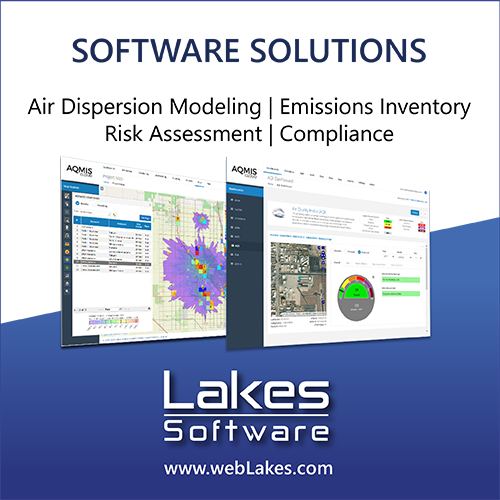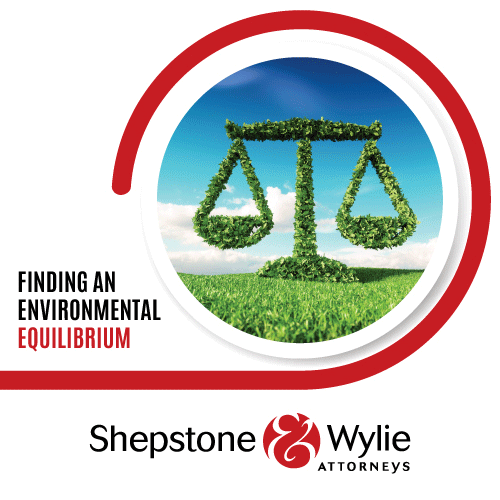A street-level assessment of greenhouse gas emissions associated with traffic congestion in the city of Nairobi, Kenya
DOI:
https://doi.org/10.17159/caj/2022/32/1.12546Abstract
Traffic congestion significantly contributes to climate change due to the emissions of Greenhouse Gases (GHGs) such as Carbon Dioxide (CO2), Nitrous Oxide (N2O), and Ozone (O3). Rapid urbanization and poor planning coupled with increased motorization and fragmented public transport system in cities such as Nairobi have led to increased vehicular emissions especially during heavy traffic along the various roads and within the Central Business District (CBD). To reduce GHG emissions in the urban transport sector, institutional coordination and relevant policy tools must be considered. This study aimed at estimating CO2 emissions from different vehicles during traffic congestion, using Uhuru Highway as a case study. The relationship between traffic congestion and CO2 emissions was analyzed using qualitative and quantitative methods, through a bottom-up approach. Questionnaires were administered to get individual vehicle characteristics and opinions on the best actions for the reduction of CO2 emissions along Uhuru Highway in Nairobi. The Average Annual Daily Traffic (AADT) for different vehicles from 2014 to 2019 was used to estimate the CO2 emissions. Results showed that private cars predominate over other vehicle types, contributing to 73% of the total CO2 emissions in Nairobi (CBD). Private cars are the highest contributor of CO2 emissions with a total of 25.3 million Carbo dioxide equivalent (gCO2e), between 2014 and 2019. In comparison, Public Service Vehicles, commonly referred to as Matatus emitted 6.89 million gCO2e, Light Commercial Vehicles (1.82 million gCO2e), Heavy Goods Vehicles (251,683 gCO2e), and motorcycles (181,054 gCO2e). To minimize CO2 emissions, the study recommended the enforcement of strong mobility policies to control the high motorization rate. One of these policies is the prioritization of the development of the mass public transport systems to achieve the potential health, economic and environmental gains within the CBD.
Downloads
Downloads
Published
Issue
Section
License
Copyright (c) 2022 Cynthia Sitati, Christopher Oludhe, Leah Oyake, Aderiana Mbandi

This work is licensed under a Creative Commons Attribution 4.0 International License.

All articles are published under a Creative Commons Attribution 4.0 International License; copyright is retained by the authors. Readers are welcome to reproduce, share and adapt the content without permission provided the source is attributed.









.png)